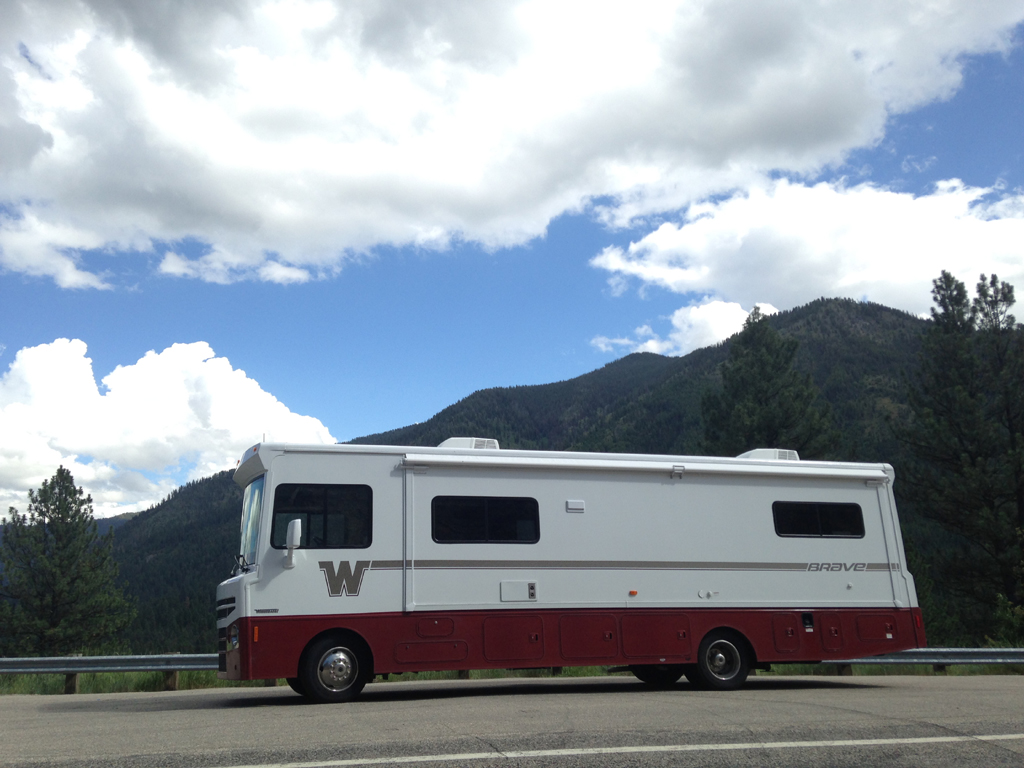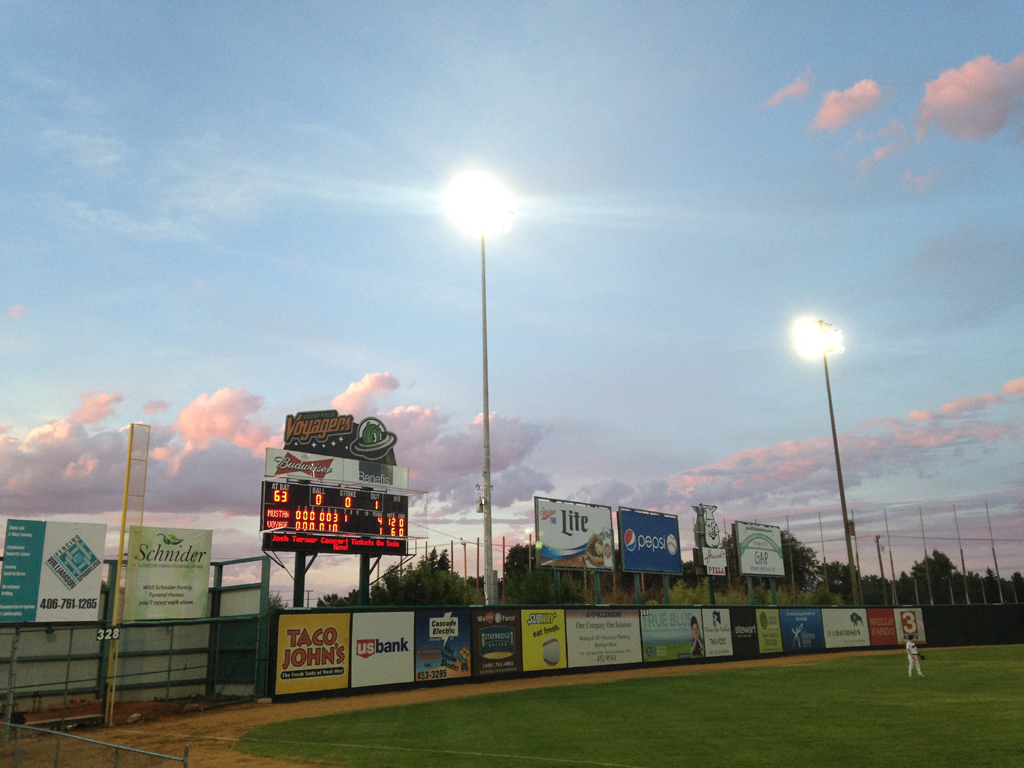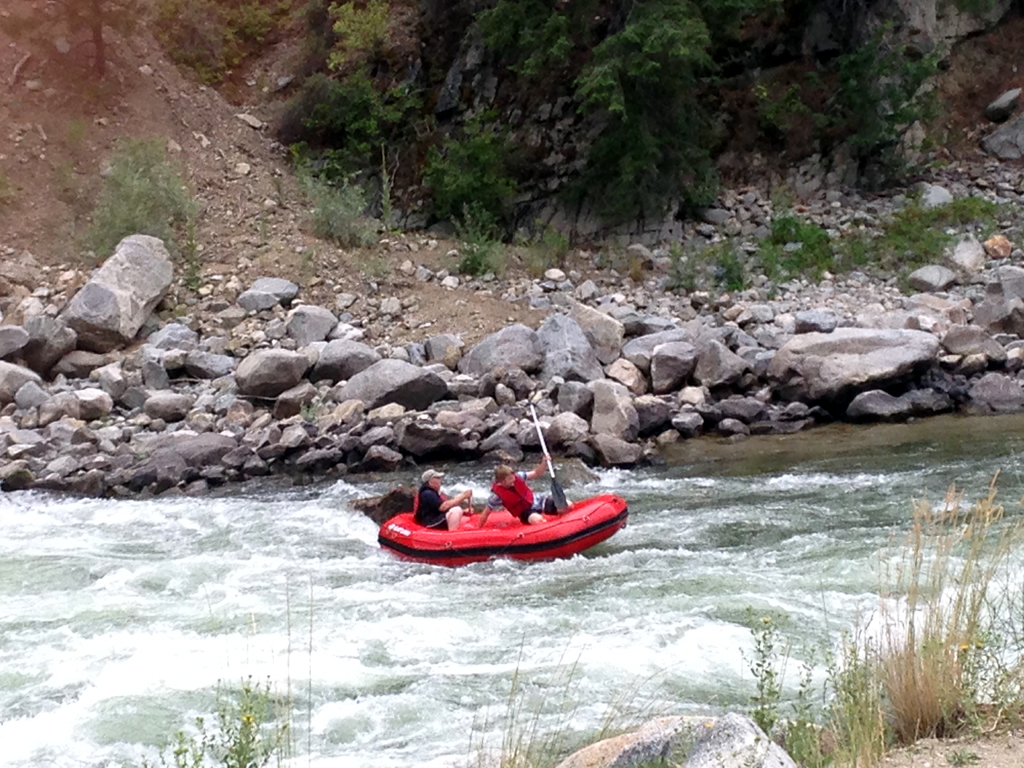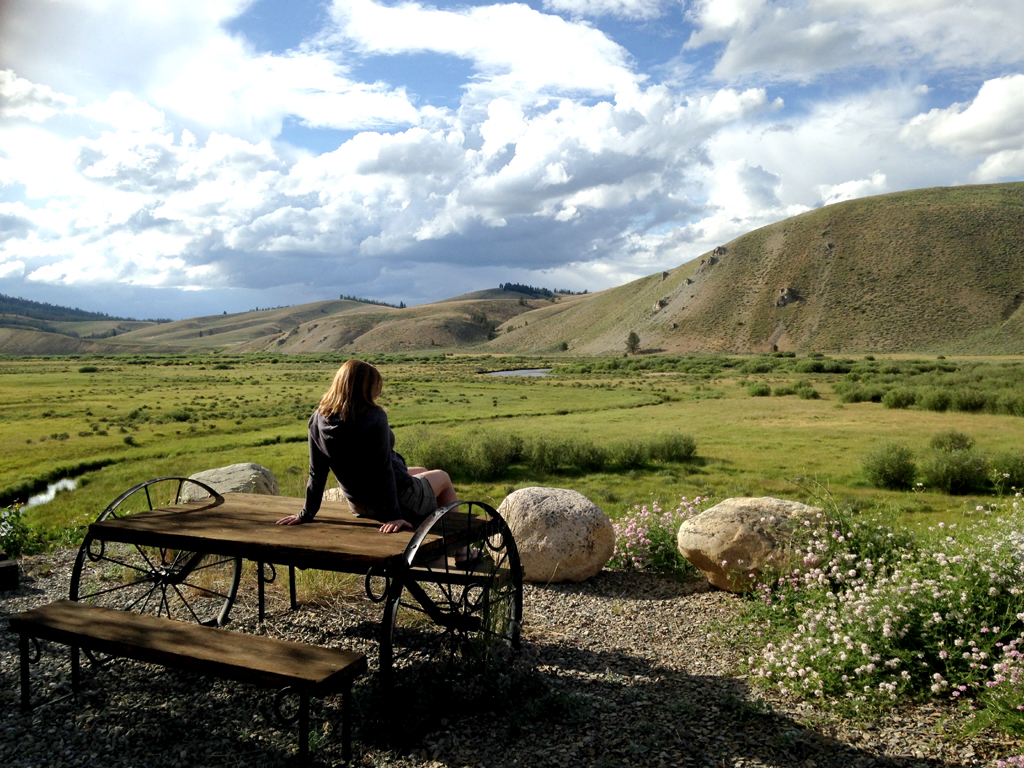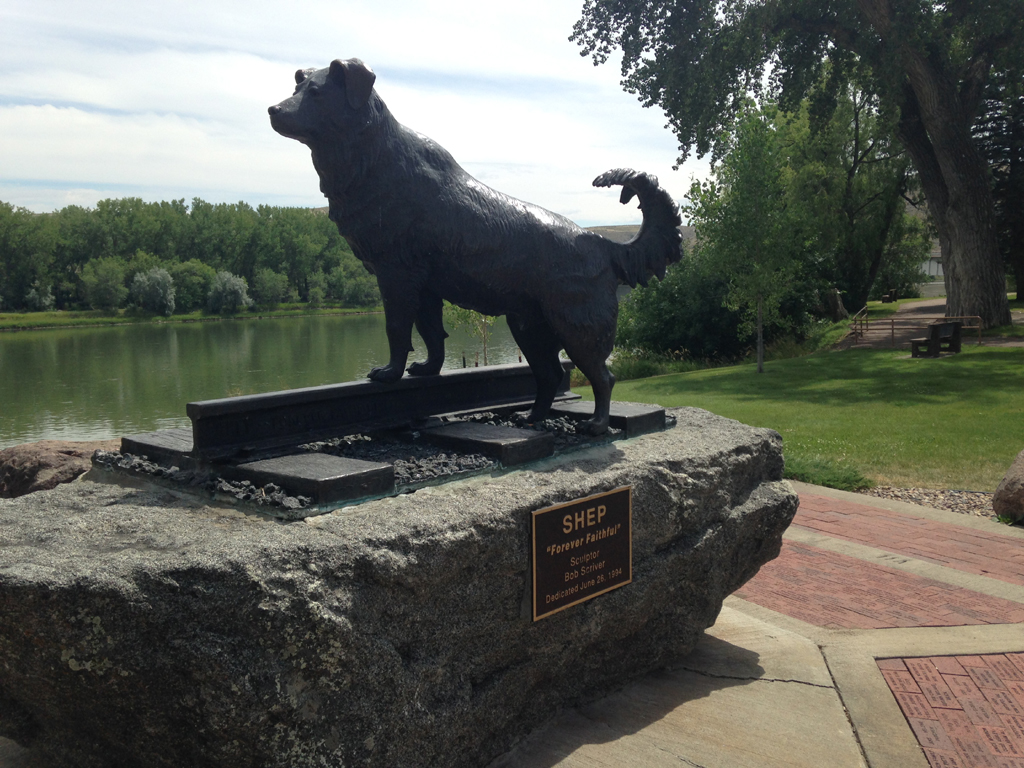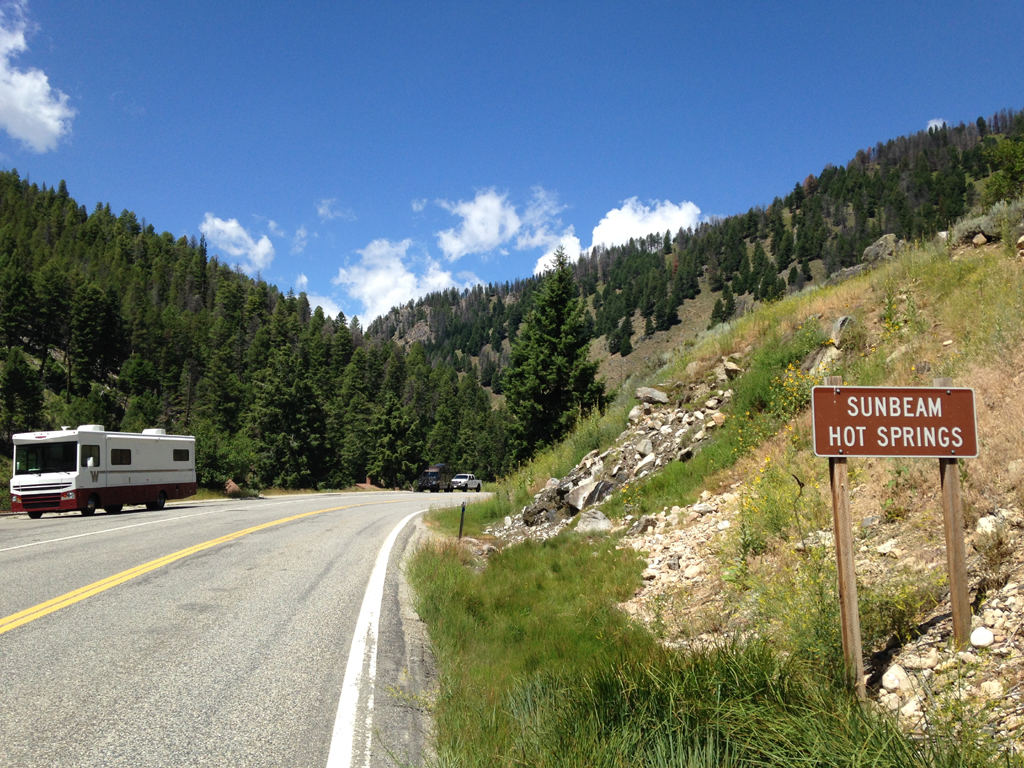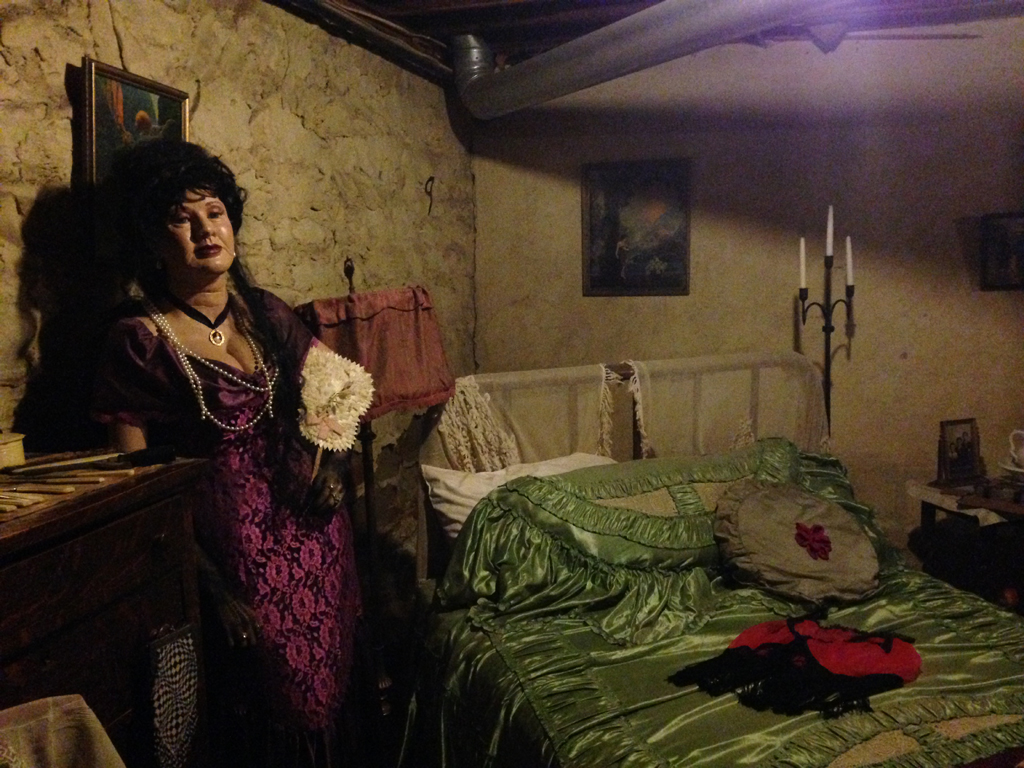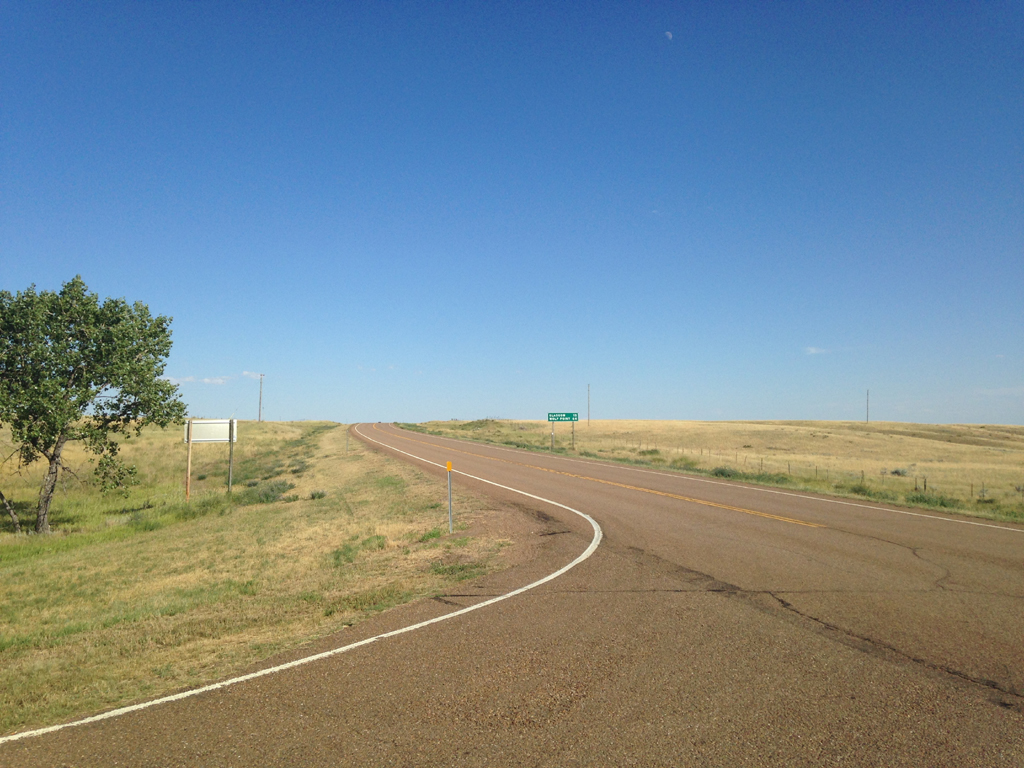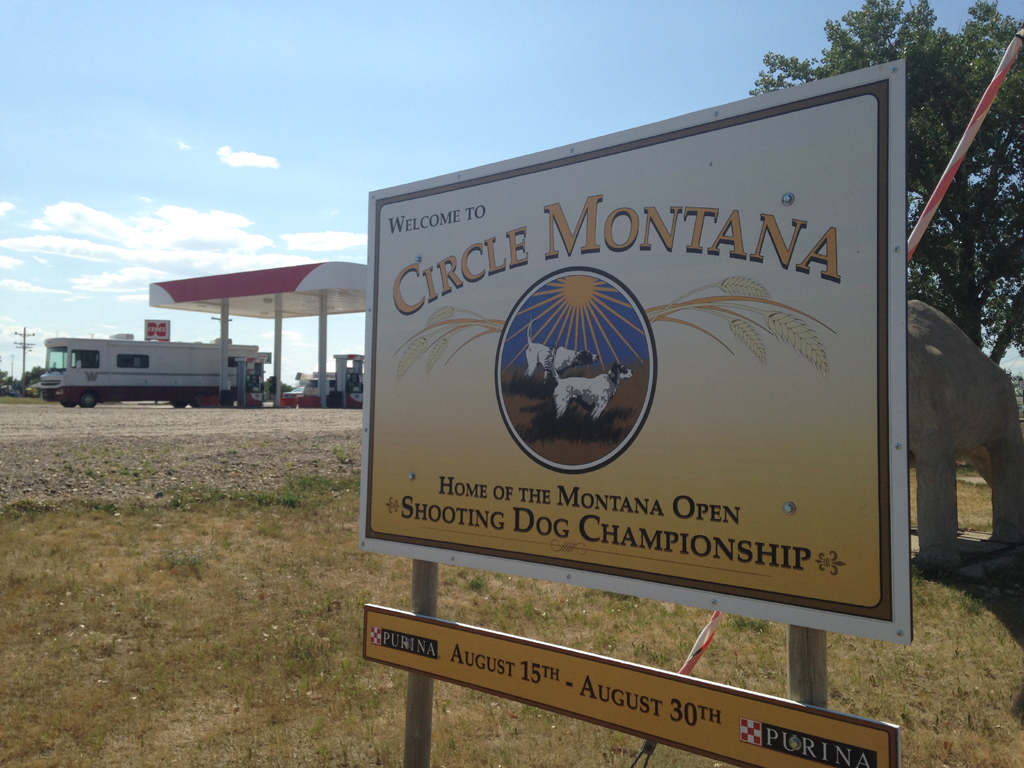
Voyagers
It has become a summer road trip tradition among the Herzogs to attend at least one minor league baseball game. Sure, I've been to a bunch of big league ballparks, but I prefer the minor leagues for much the same reason that I've written a trilogy of travel memoirs about the tiniest dots on the map, as opposed to the muscled metropolises. Minor league baseball is Americana on display, so we've enjoyed games everywhere from Salem (Virginia) and South Bend (Indiana) to Charleston (South Carolina) and Jackson (Mississippi).
This summer, this great family tradition took place in Great Falls, Montana. When Meriwether Lewis arrived here more than 200 years ago, he marveled at the opportunity "to gaze on the sublimely grand spectacle, the grandest sight I ever beheld"--five separate waterfalls making up the Great Falls of the Missouri River. So I can only wonder what the aliens thought.
You see, the Pioneer League's Great Falls franchise, affiliated with the Chicago White Sox, is known as the Voyagers. A Lewis and Clark reference? Well, not really. The team's logo is an alien with an orbiting baseball. Apparently, in 1950, when Centene Stadium was about a decade old, the team's general manager was touring the ballpark when he suddenly saw two bright lights in the sky. He filmed the scene, and the Air Force later concluded that they were not "birds, balloons, or meteors."
Is it a bit weird that one fellow's hallucination is the name of the local baseball team 65 years later? You bet. Then again, quirky is what makes the minor league experience so quintessential. So we climbed the steps leading into the 3,200-seat stadium (the ones that shouted, "THAT'S ONE SMALL STEP FOR FANS..."), bought a couple of bratwursts and watched the Voyagers take on the Billings Mustangs.
A local girl sang the National Anthem. Between-innings entertainment consisted of toddler hula-hoopers. The mascot was a green fellow with a baseball for a head. The outfield wall was entirely festooned with advertising.
It was a perfect evening at the ballpark, because there's nothing alien about baseball.
Northeast of Great Falls, the Missouri River begins to burrow into the prairie. Upon reaching the town of Fort Benton, about fifty miles downstream, it begins carving a deep canyon through the terrain, transforming itself into the Wild and Scenic Upper Missouri River. This protected section of the Big Muddy most resembles what Lewis and Clark experienced two centuries ago. In fact, on the eastern side of Fort Benton, right alongside the river, there is a re-creation of a 62-foot-long keelboat and, nearby, a 20-foot-tall statue--of Lewis, Clark, and Sacagawea. It serves as the official state memorial to the expedition.
The oldest known settlement in Montana, dating to 1846, Fort Benton was the western terminus of Missouri River traffic for several decades until the railroads arrived and river traffic all but disappeared. Today, it is a sleepy old town, pretty much the only one within about 30 miles in any direction, and it celebrates its history in signage and statuary (not to mention a re-creation of Fort Benton itself, as well as the still-standing, more than 130-year-old Union Hotel). But there is a hint of contemporary charm, too, in the form of the Wake Up Coffee House, the kind of place that uses old doors as tables and old Montana license plates as the back cover of its menus.
The children's part of the menu is called Shep's Corner, a reference to the town's most famous citizen. Shep was a dog.
In the summer of 1936, a sheepherder in Montana fell seriously ill, and Shep, his faithful Australian Shepherd, joined him on a trip to Fort Benton for treatment. When the herder died a few days later, his body was loaded onto a baggage car and sent back east to relatives. Shep followed the casket to the train depot and watched as it rolled slowly away from the station. For the next five-and-a-half years, the dog maintained a vigil at the depot, waiting for his master's return, inspecting the passengers who disembarked from each of the four trains that arrived daily.
When one of the train conductors figured out the genesis of Shep's devotion, the dog became famous. Rail travelers would detour to Fort Benton just to catch a glimpse of him. He received fan mail, Christmas gifts, and countless offers of adoption. When he died in 1942, slipping on an icy track before an incoming train, his obituary was carried on both wire services. Hundreds attended his funeral. There was an honor guard. There were pallbearers. Of course, nobody quite remembers the name of the sheepherder, but in Benton, Shep is immortalized.
An hour northeast of Fort Benton, we came to Havre, the largest city along Montana's Hi-Line, the northernmost swath of the state, along U.S. Highway 2. Once home to bootleggers and railroaders and mountain men, its history has largely been lost over time. Its wooden structures sprang up almost overnight as a supply depot for the Great Northern Railway. And they burned down even faster. After one fire took out much of the town, many of the residents temporarily moved into their basements. They dug tunnels to connect them. An underground Havre was born beneath the ashes. So we took a tour of Havre Beneath the Streets.
It was originally a somewhat respectable collection of below-ground establishments, a means of carrying on business while the town was rebuilt--a dentist, a butcher, a baker. But when the above-ground city returned, the underground turned to debauchery. In the dusky underground halls, our guide took us past (and told stories about) the Sporting Eagle Saloon, an opium den, a bordello. It was all wax figures and antique implements and stained ceilings and stone walls. Creepy is the word that comes to mind when you see it. But so fascinating that you can't look away.
I had always wanted to pilot a Winnebago along Montana's Highway 2, as well, figuring it seemed like one of the loneliest roads in America. And pointing yourself toward the so-called Middle of Nowhere is one of the joys of having a house on wheels. This part of Montana certainly qualifies.
I own a coffee table book called Flip Flop Fly Ball: An Infographic Baseball Adventure. It's a fascinating study of the national pastime. There is an infographic, for instance, about the most common surnames in the major leagues throughout the years (Smith, by a landslide, but Gonzalez is coming on strong). And there's also one about how Alex Rodriguez's annual salary would equal a 3,178.3-mile high stack of pennies.
For a baseball nerd like me, it's 151 pages of heaven. But the RVer in me was mesmerized by a page that showed how the Montana hamlet of Turner is the American town (in the contiguous states) farthest from a Major League Baseball team. As the crow flies, Turner--a half-hour north of Highway 2 and just south of the Canadian border--is 646.93 miles away from the Seattle Mariners and 649.05 miles from the Colorado Rockies.
Far from the big leagues? That's as good a description of geographic remoteness as any I've seen. But maybe there's one even better. Before reaching the North Dakota border, we veered southwest for one reason and one reason only--we wanted to find ourselves squarely in the town of Circle. Named long ago to honor the simple shape of a cattle rancher's branding iron, it is the seat of McCone County, despite consisting of fewer than 700 residents and covering less than one square mile.
But here's what I like best about Circle. Someone calculated that, out of all of the countless American towns, it is the one farthest from the nearest Starbucks--192 miles. That's deliciously remote.
Comments
Comments on this post are moderated, so they will not appear instantly. All relevant questions and helpful notes are welcome! If you have a service inquiry or question related to your RV, please reach out to the customer care team directly using the phone numbers or contact form on this page .
